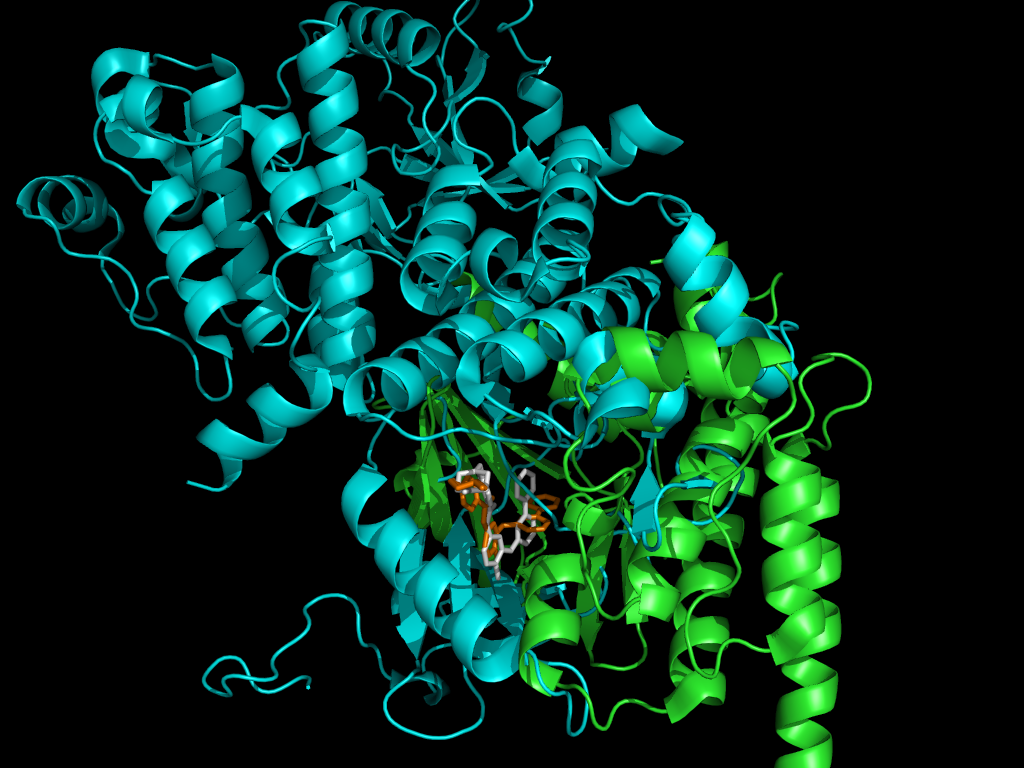"Equipped with his five senses, man explores the universe around him and calls the adventure Science." -Edwin Powell Hubble, The Nature of Science, 1954
Saturday, February 19, 2011
Macromolecule 3: Proteins
Proteins are essential in making each individual unique. Although all humans have the same number of chromosomes, and the same types of genes, it is small variations in protein shape/structure than make each of us look different. Enzymes, immunoglobuins, hemoglobin, keratin, and fibrin are all examples of proteins which play important roles in our bodily functions. Classified by function, there are seven classes of proteins: structural, contractile, storage, defense, transport, enzymes and some hormones.
Proteins are made of several polypeptide chains linked together. These polypeptide chains are composed of nucleic acids linked together by peptide bonds as can be seen in the image to the right.There are 20 amino acids in humans, of these, 9 are essential amino acids that can not be made in the body, but rather must be obtained through one's diet. There are aromatic, polar and non polar nucleic acids. These characteristics are determined by the R-group of the nucleic acid.
There are 4 levels of structure of proteins:
Primary: The sequence of the amino acids.
Secondary: The shape of the polypeptide chain. (Either alpha helix or beta pleated sheets)
Tertiary: The folds within the chain (caused by interactions between the R-groups of the various amino acids) They can be either fibrous or globular.
Quaternary: The overall shape of the numerous polypeptide chains linked together to form the protein.
Subscribe to:
Post Comments (Atom)


No comments:
Post a Comment